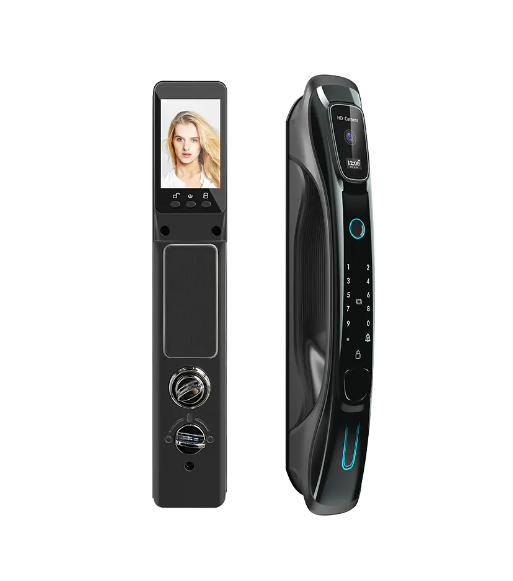As technology continues to evolve, traditional keys are being replaced by more secure and convenient alternatives. Among these, the Face ID smart lock stands out as a modern solution for residential and commercial entry control. This device uses facial recognition to identify and authenticate users, offering a hands-free experience that reduces dependence on physical keys.
One of the key attractions of a Face ID smart lock is its quick and contactless access. By scanning a registered face, the lock opens without requiring manual input. This reduces wait times at entry points and eliminates the frustration of lost or forgotten keys. Additionally, this type of lock can be particularly useful for households with children or elderly family members who may struggle with traditional locking systems.
Security is also enhanced through biometric verification. Unlike passcodes or access cards, a face cannot be easily replicated or shared. This makes unauthorized access more difficult. Most Face ID smart locks also support multi-user recognition, allowing property owners to grant access to trusted individuals while tracking entry logs for added oversight.
Installation of a Face ID smart lock typically integrates with existing door systems, and many models connect to home automation platforms. This allows users to monitor lock status, receive alerts, and manage user permissions remotely via mobile apps.
Beyond residential settings, Face ID smart locks are gaining traction in offices, clinics, and even warehouses, where secure and efficient entry management is a priority. Their usage reduces touchpoints, supports hygiene protocols, and streamlines user access across various departments.
As smart homes become more mainstream, integrating a Face ID smart lock offers a balance of technology and usability. It brings an added layer of control and reliability that traditional locking systems may not offer in dynamic environments.
